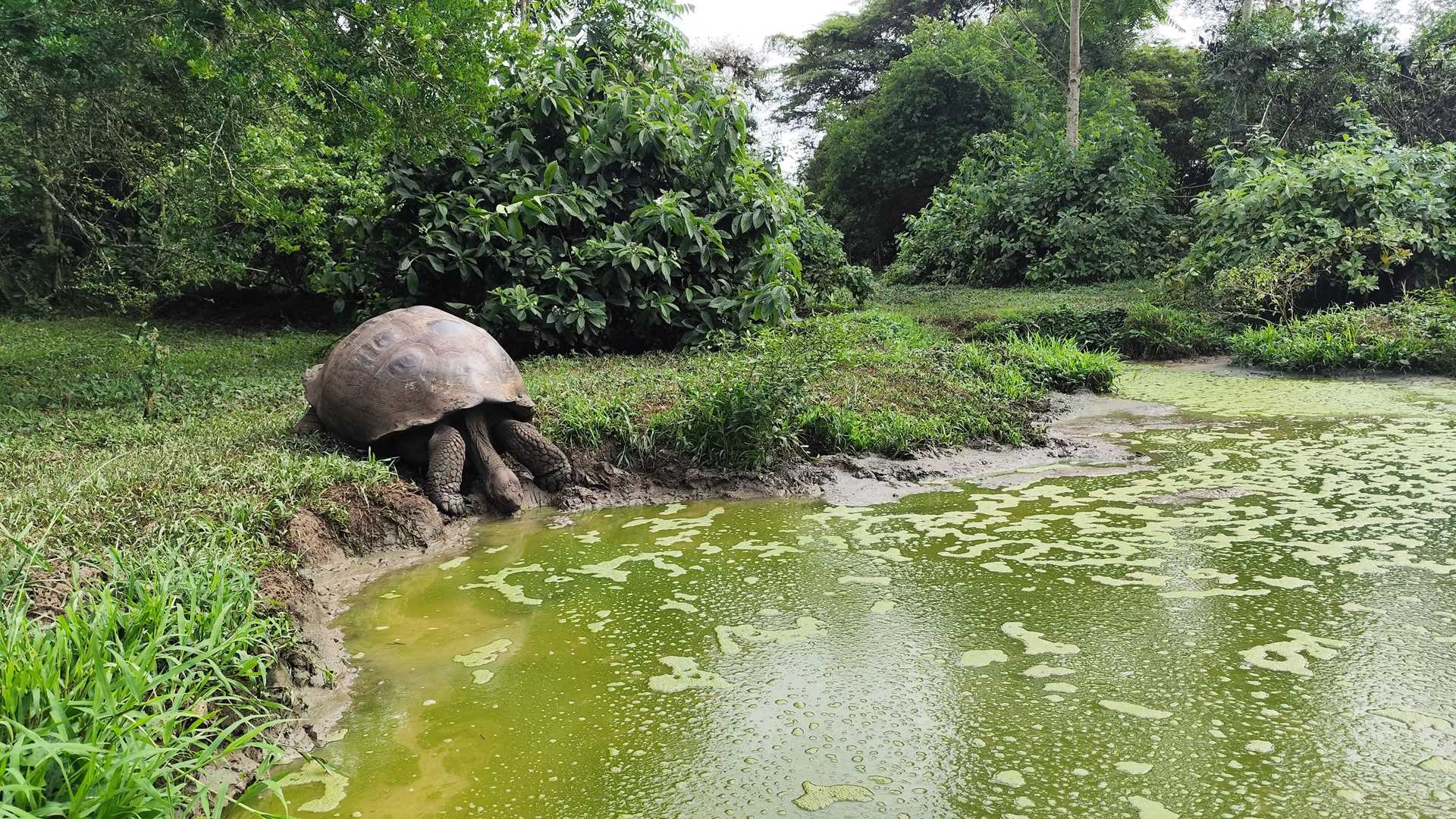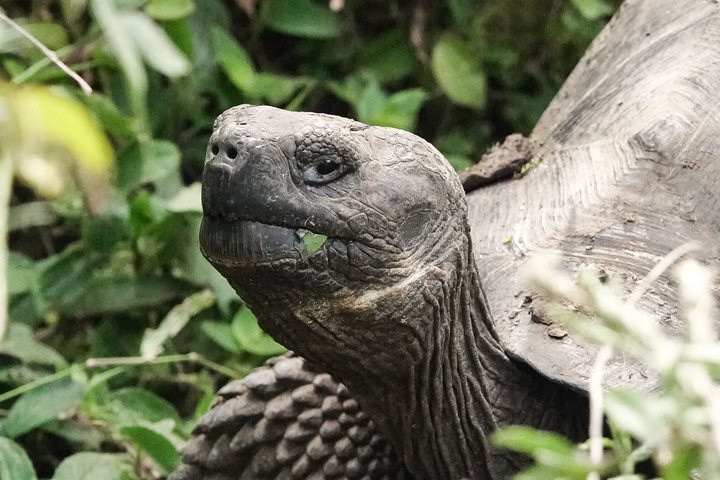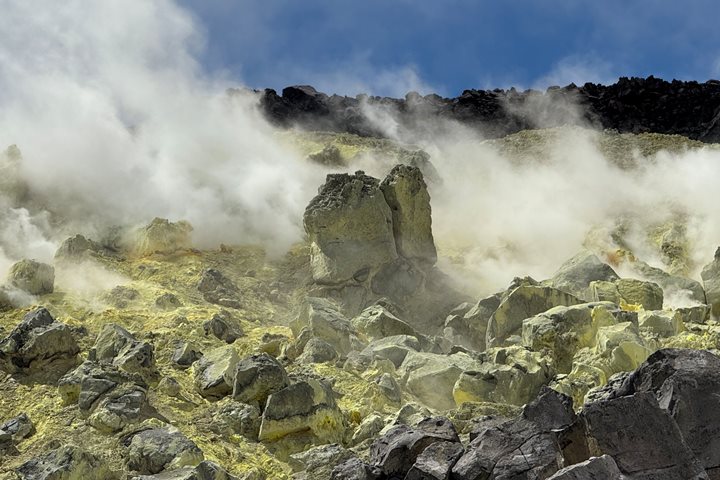Santa Cruz is the second biggest island in Galapagos, and it contains the most populated town. We visited the tortoise breeding center to learn about the daily efforts to restore the dynasty of these incredible reptiles. Our guests had time to explore the town, and to experience more local culture of the people in Galapagos. In the afternoon, we had the incredible experience of encountering giant tortoises in the wild. To finish the day’s adventures we visited the scalesia forest, where thousands of finches live. Our last full day of exploration ended with a great farewell cocktail, offered by our Captain and the crew of National Geographic Delfina. It was a great finale for an astonishing week.
- Daily Expedition Reports
- 23 May 2025
Santa Cruz Island, 5/23/2025, National Geographic Delfina
- Aboard the National Geographic Delfina
- Galápagos
Christian Saa, Naturalist/Certified Photo Instructor
Christian was born on the island of Isabela in the Galápagos archipelago. He grew up on a farm and had a magical childhood devoid of cars, electricity, telephones—just pure nature and playful sea lions along the beach. At the age of seven, he moved w...
Read MoreShare Report
Galápagos by Catamaran: An Intimate Voyage
VIEW ITINERARYRelated Reports
6/26/2025
Read
National Geographic Delfina
Santa Cruz Island
Today we anchored in Academy Bay on Santa Cruz Island. During the first part of the morning, we went to Fausto Llerena Giant Tortoises Breeding Center. This is where some species of giant tortoises are bred in captivity. After walking through the center and observing young and adult tortoises, we enjoyed exploring the largest town in Galapagos. We had lunch at a charming local restaurant, and from there we went to the highlands where we had a great time observing wild giant tortoises in their natural habitat. This afternoon we found several tortoises feeding, while others were enjoying a great volcanic mud bath.
6/25/2025
Read
National Geographic Delfina
Isabela Island
We spent the entire morning and part of the afternoon exploring Sierra Negra, specifically the sulfur mine area in the southwestern corner inside the caldera. The caldera is considered one of the largest in the world. It was an adventurous ride up the flank of the volcano in a local chiva (open-sided bus used all over Ecuador in rural areas). Then we walked, one way two kilometers, which included a descent of 320 feet, then an ascent to the sulfur fumaroles of another 200 feet. On return, we did it all again!







